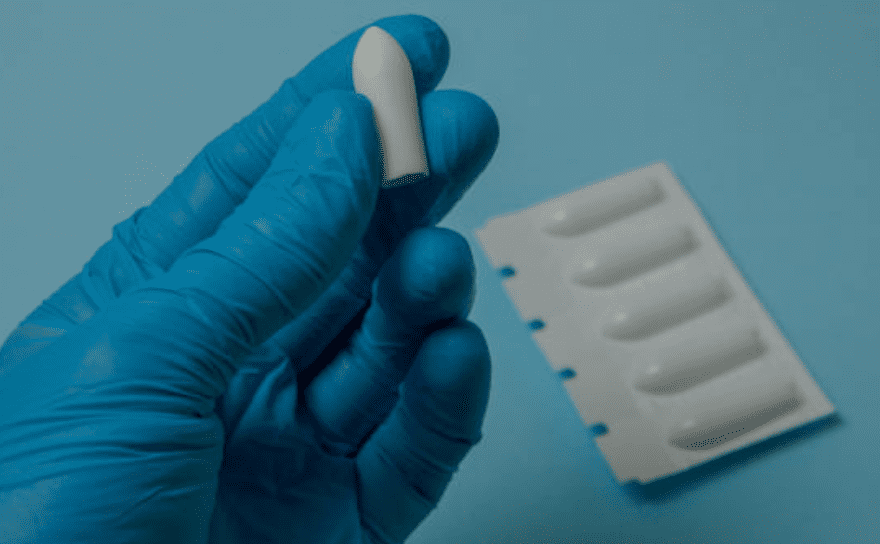Suppositories: “Suppositories are semisolid dosage form of medicament for insertion into body cavities other than mouth”.
1. Rectal suppositories – They are meant for introduction into rectum for systemic effects.
2. Vaginal suppositories – They are also called pessaries. They are used in vaginas for local effects.
3. Nasal suppositories – They are also called nasal balgies used in the nasal cavity.
4. Urethral suppositories These are also called urethral bougres used in urethra.
5. Ear cones suppositories – These are also called as aurinaria are rarely used.
Preparation of suppositories
Suppositories are prepared by the following methods
- Rolling method.
- Hot process or fusion method.
- Cold compression method.
Rolling method: It is an ancient method of preparing suppositories. The suppository base is rolled and then septic desired shape is given with the hand. This is not used now a days.
Hot process or fusion method: This method is used for preparation of suppositories for dispensing purposes. The suppository base is melted, the medicament is incorporated and base is adjusted using the displacement values. Then it is filled in the mould. On cooling, suppositories are formed which are removed from the mould. Prior to this the mould is cleaned and lubricated by the use of liquid paraffin.
Method of preparation :
1. Thoroughly clean and lubricate the mould with a suitable lubricant. Keep it on ice in the inverted position to cool and drain an excess of the lubricant. The lubrication of the mould is not required in case the emulsifying base or synthetic base is used.
2. Heat the china dish over water bath. To this add the required quantity of cocoa butter or any other base after taking into account the displacement value of the medicament. Allowance is made for unavoidable wastage during preparation by calculating for two extra suppositories.
3. Remove the china dish from the water bath, when two-third of the base melts and stir thoroughly until whole of the mass melts. The process prevents overheating of the base.
4. Place the weighed quantity of powedered medicament to be incorporated with the suppository base on an ointment tile. Pour about half of the melted base over it. Mix it thoroughly with a flexible spatula. Transfer the mixed mass to the china dish and mix thoroughly so that a homogenous mass is formed.
5. Warm the china dish over water bath for a new seconds with constant stirring, so that mass becomes pourable.
6. Pour the melted mass into the cavities of the suppository mould, kept over the ice. Fill each cavity to overflowing, in order to prevent the formation of hollows in the tops of the finished suppositories because cocoa butter contracts on cooling and hollows are formed at the top of the suppositories. Precautions must be taken while pouring the mass into the cavities. It must be continuously stirred to ensure even distribution of the medicament in all the suppositories.
7. Remove the excess of mass with the help of sharp knife or blade when the mass is properly set.
8. Keep the mould over ice or in cool place for 10 to 15 minutes.
9. Open the mould and remove the suppositories.
10. Wipe off the suppository lightly with a clean or filter paper.
11. Wrap the individual suppository in a wax paper.
Also read our amazing article: Diffusion principles in biological systems
COLD COMPRESSION METHOD
This method is useful for thermolabile and insoluble drugs because heating and stirring of the base with medicament is not required. Cocoa butter is grated and ingredients are mixed with it. The remaining amount of grated cocoa butter is added and the mass is allowed for compression. Compression of the prepared mass is done on hand or power-operated compression machines. This method is not suitable for glycerogelatin base or any other base in which melting is required.
